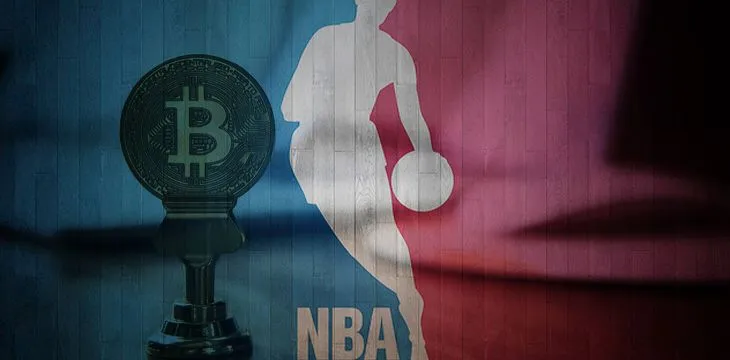|
Getting your Trinity Audio player ready...
|
Spencer Dinwiddie, the point guard/shooting guard for the Brooklyn Nets, recently hosted his security token offering (STO)—and it performed poorly.
The token sale only had eight participants. Dinwiddie was aiming to raise $13.5 million by selling 90 SD26 tokens priced at $150,000 per token; however, only nine SD26 tokens sold and a total of $1.35 million was raised—or about 10% of Dinwiddie’s goal.
What is the SD26 token?
The SD26 is an ERC-20 digital security issued under the U.S. Securities and Exchange Commission’s Regulation D Rule 506(c). From an investor standpoint, the SD26 is a debt instrument that operates similar to a 3-year bond.
Investors who bought the SD26 will receive a monthly principal repayment + 3% interest on their initial investment. In addition to the monthly principal + interest, SD26 owners may earn special premiums which can be thought of as bonuses.
A special premium may be awarded to SD26 token holders if Dinwiddie is involved in activities that may increase the value of his contract or grant him bonuses. For example, playoff appearances, the All-Star Game, or All-star weekend events are occurrences that could entitle the SD26 holders to a special premium in addition to their regular monthly payment.
All aspects of the SD8 offering will take place over the blockchain, from asset issuance to monthly payment settlement. The standard monthly payment will be delivered to SD26 holder’s digital currency wallets in the form of the PAX stablecoin. The principal, as well as the interest, will be dollar-dominated but converted to PAX at the time of payment. Afterward, the PAX will be distributed to the holders of the SD26 token.
Why Dinwiddie should have used Bitcoin
Dinwiddie’s offering was unique, for the very first time, it allowed individuals to invest in a professional athlete’s sports contract, but it fell short in several areas which most likely contributed to the poor performance of his token sale.
For starters, it’s built on Ethereum; the Ethereum network is suffering from high transaction fees and scalability issues. With an average transaction fee of $0.50 at press time, we can assume it was unnecessarily expensive for Dinwiddie’s underwriters to distribute the SD26 tokens. In addition, Mike Novogratz, CEO of Galaxy Digital recently explained that his asset management company is not seeing institutional investors put their money into Ethereum. Institutional investors are well aware of the obstacles Ethereum faces and know that Ethereum is unlikely to overcome those problems, this also explains why only 8 people invested in Dinwiddie’s token sale.
Institutional investors are looking to put their money into projects build on a blockchain protocol that are cost-efficient, stable, and have a predictable future, which is one of the many reasons that Bitcoin (BSV) has been well received by legacy institutions. The average transaction fee on Bitcoin is $.0002 at press time and the Bitcoin protocol is set in stone, which gives its investors confidence that the businesses built on Bitcoin today are reducing their costs by using Bitcoin and will still be operational five years down the road because the Bitcoin protocol does not change. Unlike Ethereum and Dinwiddie’s offering, which might be incompatible with Ethereum when it hard forks to ETH 2.0 in the future.
If other athletes follow in Dinwididie’s footsteps and tokenize their contract in a way that operates similar to a bond for the token-holder, it would make the most sense for them to do it over the Bitcoin blockchain, and to use an innovative Bitcoin application like Tokenized to successfully create, distribute, and manage their tokens.
What does the token sale tell us?
The poor performance of Dinwiddie’s token sale tells us quite a few things about the state of the digital currency market. First, it tells us that his tokens were overpriced. Who would want to pay $150,000 per token for an investment vehicle with no history—$150,000 could be put to use in legacy markets that are probably more rewarding than an SD26 investment.
The token sale also came at a horrible time. Many investors around the globe have been economically impacted by COVID-19; that being said, the pool of individuals who are ready to invest in a completely new asset class is most likely smaller than it would be if there was not a global pandemic going on.
Regardless, it will be interesting to see how the SD26 performs in the market, and if other professional athletes will launch a similar token offering on Bitcoin.

 07-13-2025
07-13-2025 





